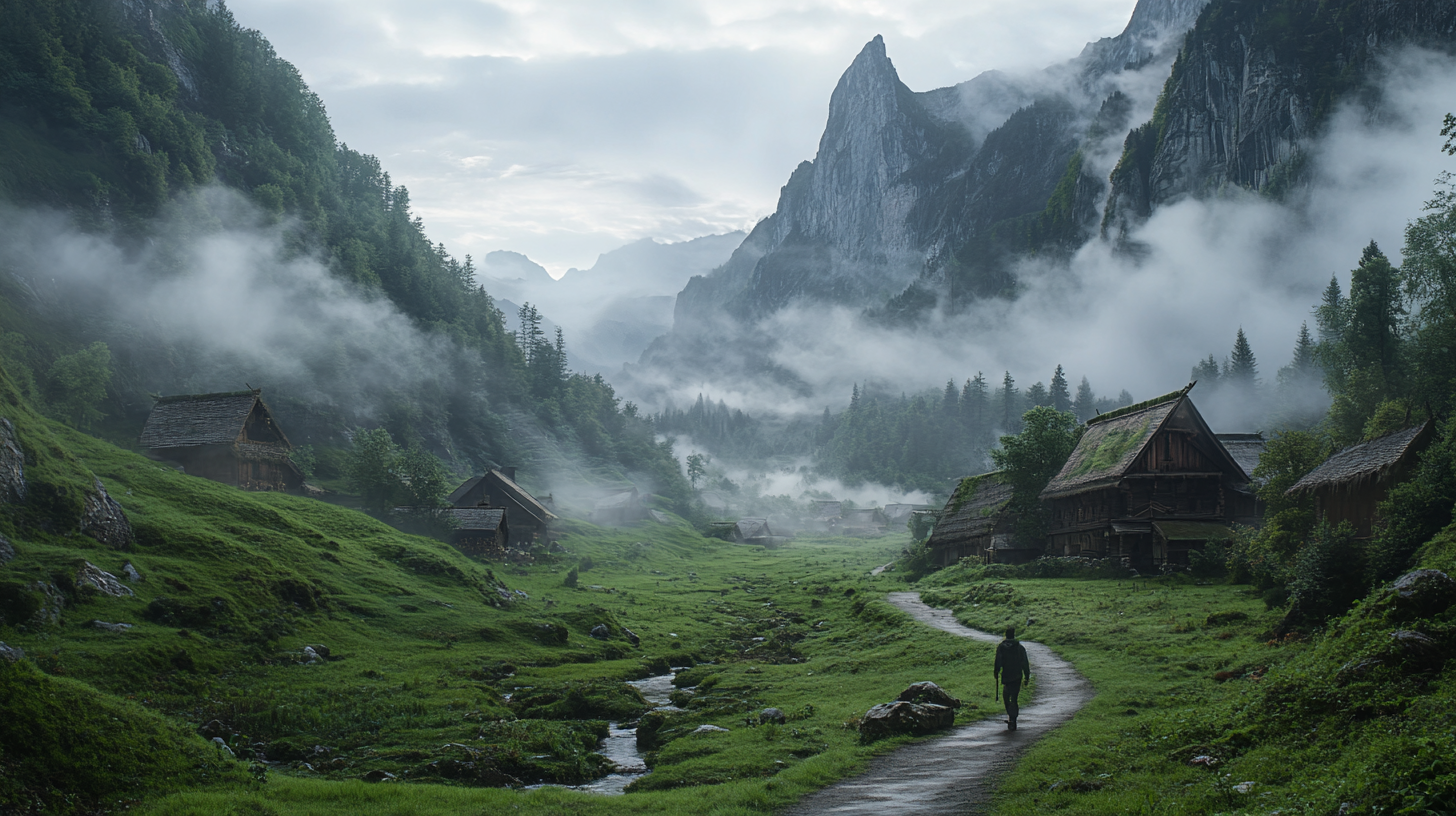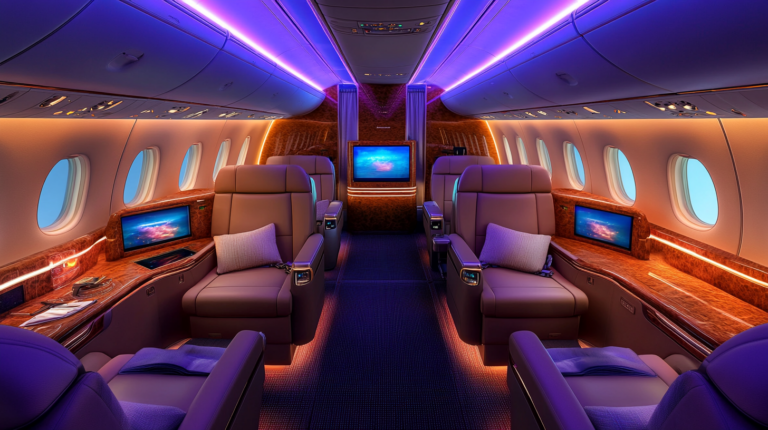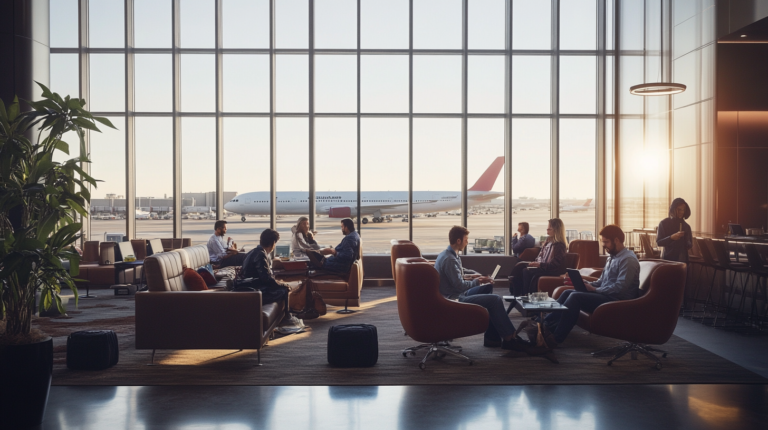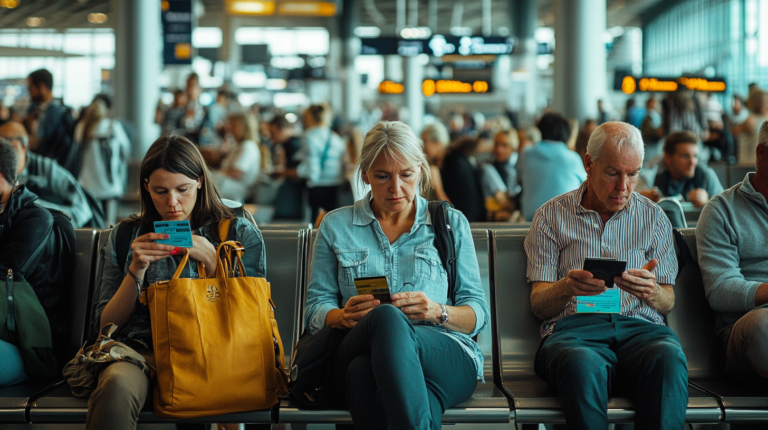Slow Travel: The Shift Towards More Immersive, Slow-Paced Travel Experiences
In an era where the relentless pace of modern life leaves little room for reflection, a transformative movement is encouraging travelers to hit the pause button and rethink how they explore the world. Slow travel, a burgeoning trend within the tourism industry, emphasizes immersion over haste, quality over quantity, and meaningful connections over superficial sightseeing. This mindful approach to exploration invites travelers to delve deeper into each destination, allowing them to fully immerse themselves in local cultures and traditions , fostering authentic experiences that not only enrich the visitor but also benefit the local community in profound ways.
The Origins of Slow Travel
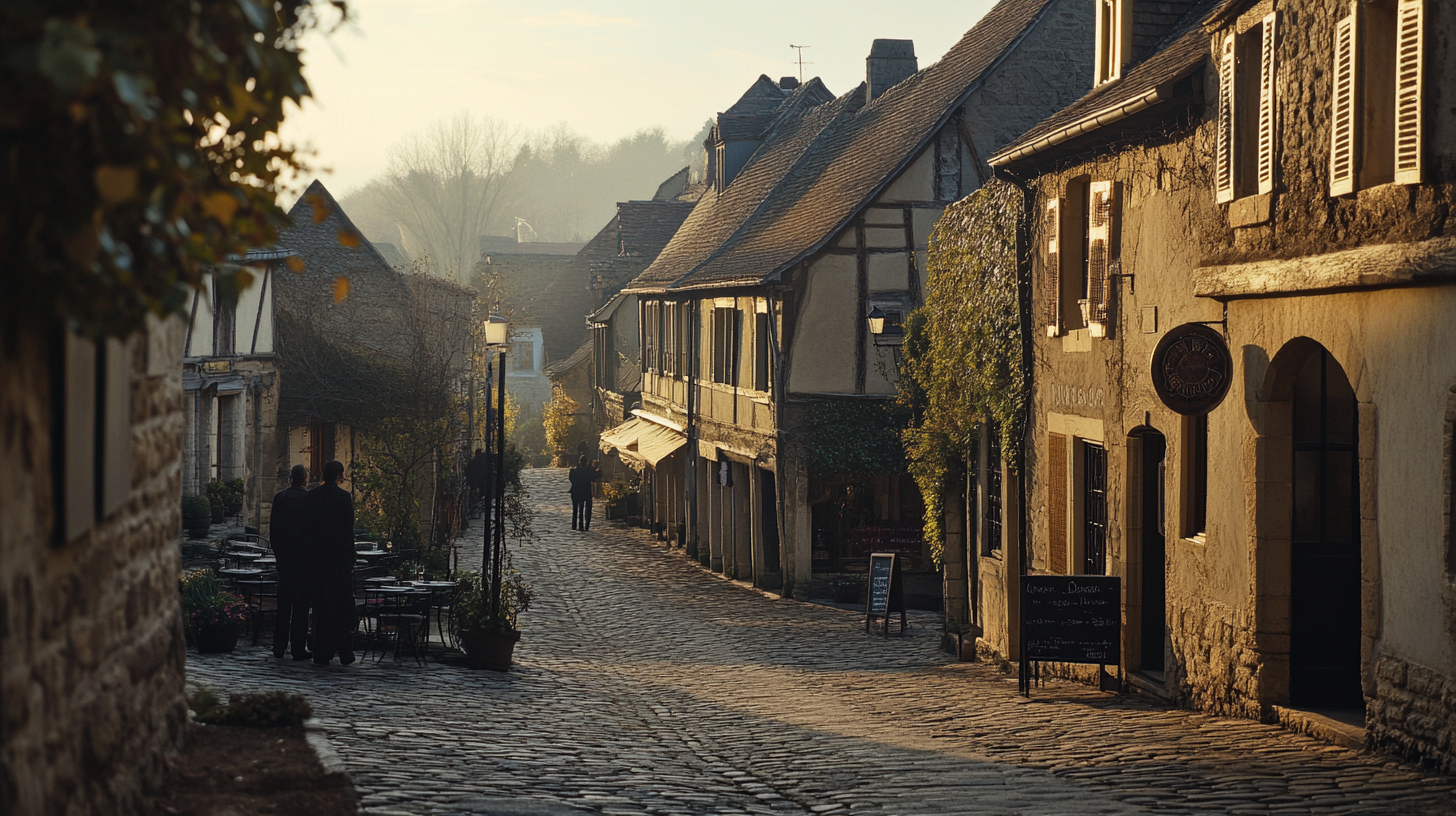
The slow travel movement finds its roots in the broader “slow movement” of the 1980s, particularly stemming from the slow food movement in Italy. This philosophy emerged as a response to the rapid pace of modern life and the growing homogenization of culture and cuisine that often comes with globalization. The slow food movement advocates for savoring meals, appreciating high-quality, locally sourced ingredients, and embracing regional culinary traditions. In much the same way, slow travel encourages travelers to savor the journey, immerse themselves fully in the local way of life, and build meaningful connections with the places they visit. Just as slow food emphasizes the importance of preserving culinary heritage and traditions , slow travel values the preservation of cultural identity and promotes a deeper understanding of diverse communities. Influential works like Carl Honoré’s “In Praise of Slow”, Alain de Botton’s “The Art of Travel”, and Nicos Hadjicostis’s “Destination Earth” offer profound insights into this approach, highlighting the transformative power of slowing down to experience life and travel more fully.
Understanding Slow Travel
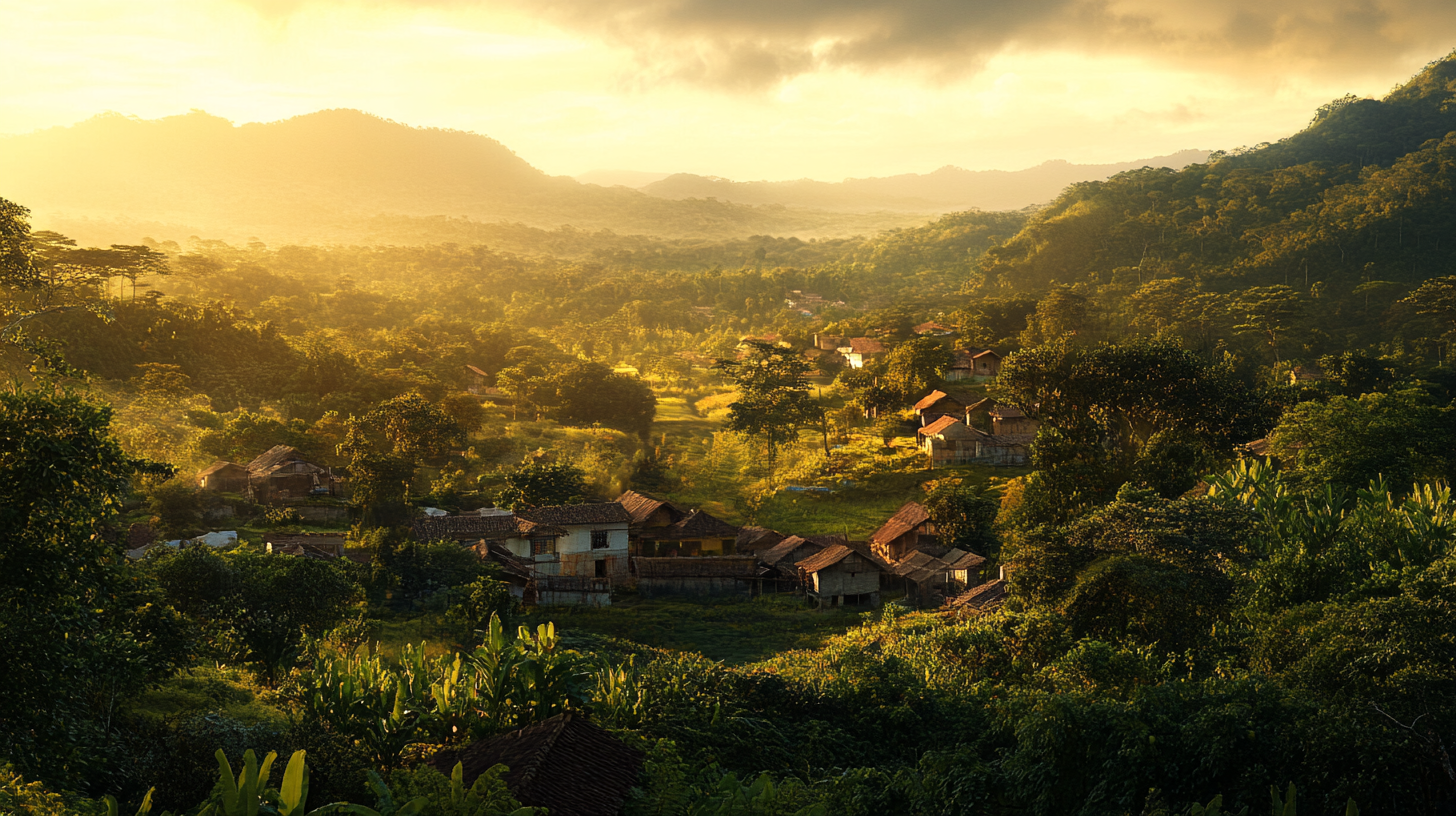
At its core, slow travel is about adopting a deliberate, immersive approach to exploring new places. It counters the fast-paced, checklist-driven tourism that often leaves travelers exhausted, disconnected, and with only superficial impressions of the places they’ve hurriedly visited. Rather than racing through numerous destinations in a blur of snapshots and souvenirs, slow travel advocates for spending extended periods in fewer locations. This allows for deeper engagement with the local culture, traditions, and environment, fostering a genuine connection that is often unattainable in brief visits. This approach prioritizes experiences that bring joy and fulfillment, encouraging spontaneous exploration and mindful presence over adherence to strict itineraries. By embracing the unhurried rhythm of each locale, travelers find themselves fully immersed in the essence of the place, creating memories that are both meaningful and enduring.
The Benefits of Embracing Slow Travel
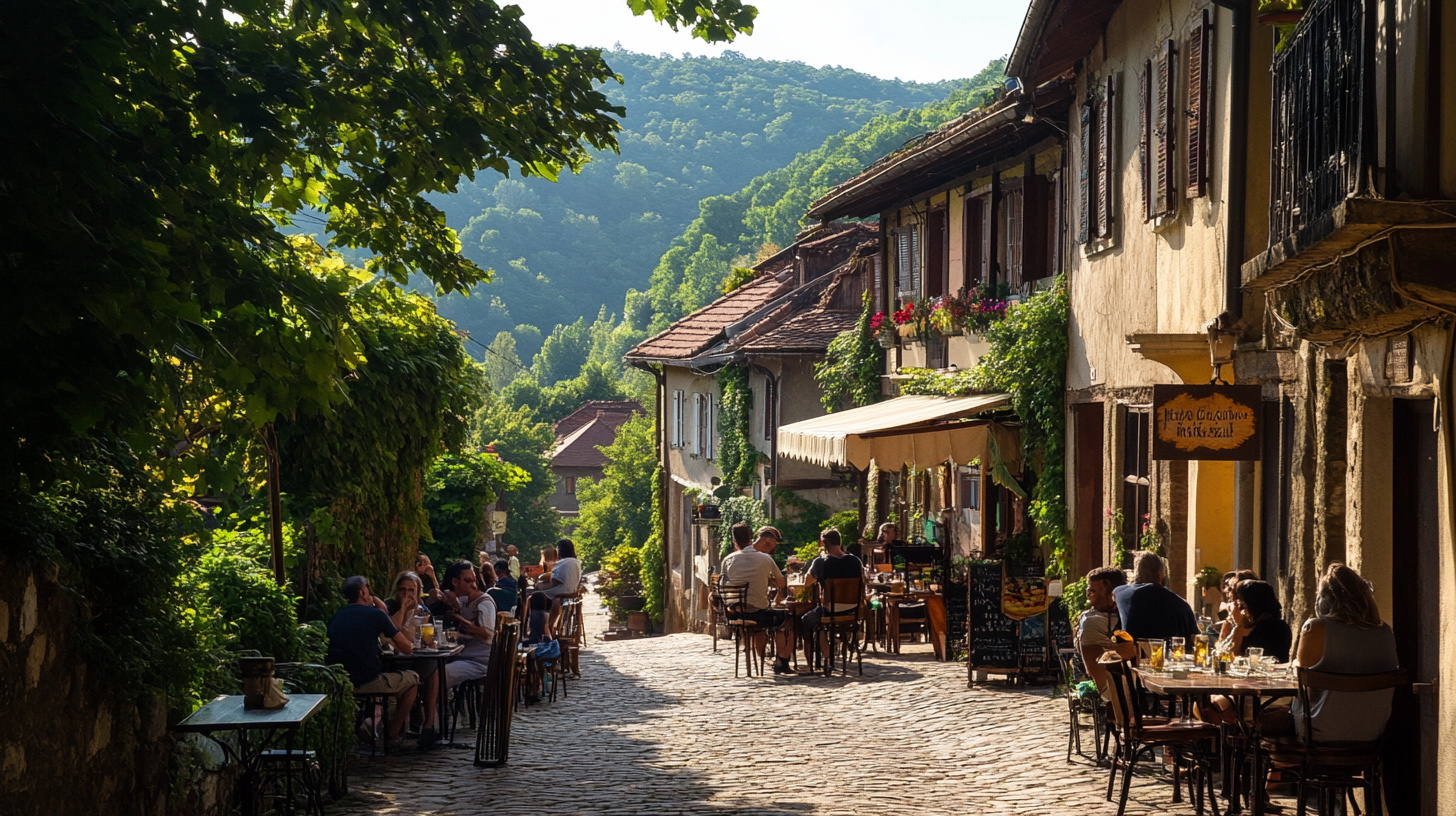
Cultural Immersion and Authentic Experiences

Slow travel fosters authentic interactions and meaningful connections with local communities. By taking the time to engage with residents, participate in local customs, and explore off-the-beaten-path locations, travelers gain a richer, more nuanced understanding of the destination. This depth of experience goes beyond the surface-level observations typical of brief visits, allowing for personal encounters that can profoundly influence one’s perspective. For instance, attending a traditional festival, sharing meals with local families, or learning indigenous crafts can provide insights into the unique cultural heritage and daily life of the community . This cultural immersion enhances intercultural understanding and appreciation for diversity, transforming trips into transformative life experiences that leave lasting impressions on both the traveler and the hosts.
Sustainability and Environmental Impact
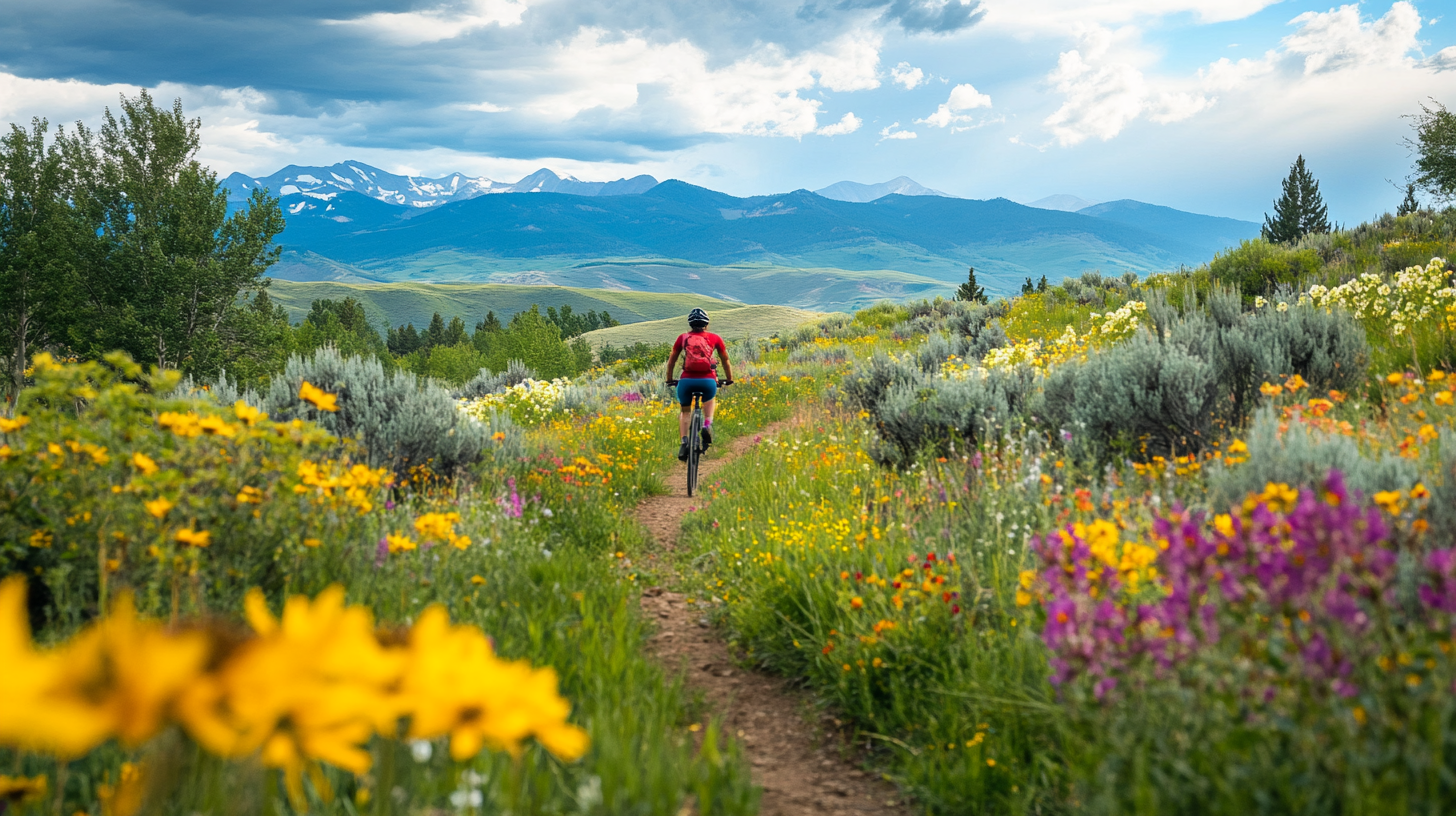
Choosing slow travel is also a commitment to sustainability and environmental responsibility. By reducing the number of destinations and opting for eco-friendly transportation methods like trains, buses, cycling, or even walking, travelers can significantly lower their carbon footprint associated with frequent flights and car travel. This approach supports environmental conservation efforts and promotes minimal environmental impact, aligning with the growing global emphasis on eco-conscious living. Moreover, staying in one place for longer reduces the constant consumption of resources associated with frequent check-ins and check-outs at accommodations. It encourages travelers to adopt sustainable travel practices that benefit the environment , such as supporting local conservation initiatives or engaging in eco-tourism activities that promote environmental awareness.
Supporting Local Economies
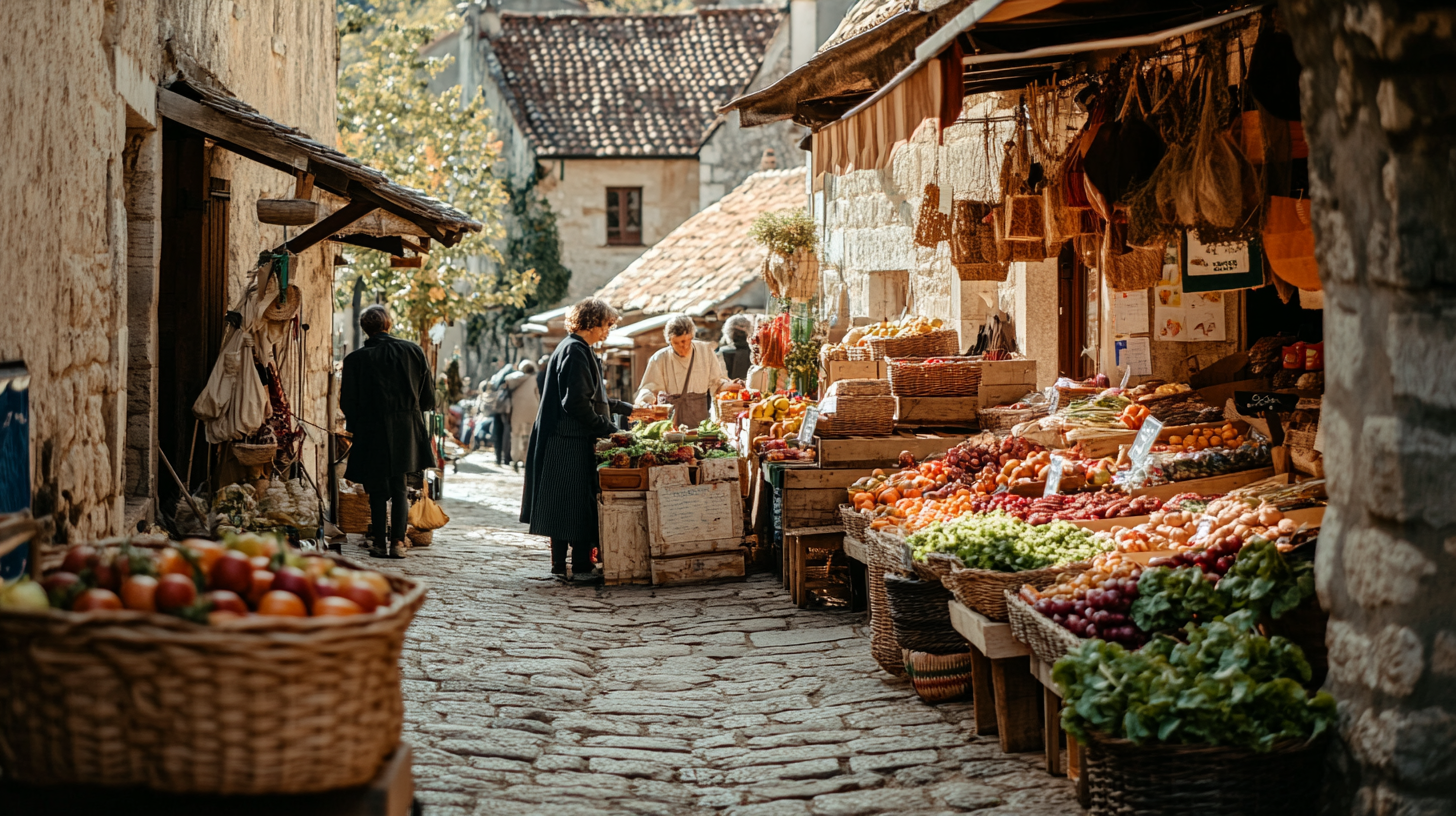
Extended stays allow travelers to contribute more substantially to local economies. By frequenting small businesses, markets, family-owned restaurants, and locally-owned accommodations like guesthouses or homestays, travelers inject money directly into the community. This grassroots level support is vital for sustaining local livelihoods, especially in areas that may not benefit from large-scale tourism. Additionally, investing time and money in local enterprises encourages the preservation of cultural heritage and traditions, as communities continue to value and maintain their unique customs and crafts. By choosing to spend their money within the community, travelers play an active role in supporting the economic vitality and cultural preservation of their destinations , fostering a mutually beneficial relationship between visitor and host.
Personal Growth and Well-being

Slow travel offers a much-needed respite from the stress and fatigue often associated with fast-paced tourism and, indeed, modern life itself. By embracing a slower pace, travelers find the space for relaxation, mindfulness, and personal rejuvenation. The unhurried environment enables individuals to reconnect with themselves, providing time to reflect on their experiences, emotions, and personal aspirations. Engaging deeply with new cultures and environments can challenge preconceived notions, leading to profound personal growth and self-awareness. This mindful approach not only enhances overall well-being but also fosters a deeper appreciation for the journey, both externally through new experiences and internally through personal development. By stepping outside the rush, travelers can embrace the transformative power of mindful exploration , returning home with renewed energy and perspective.
Embracing the Slow Travel Mindset
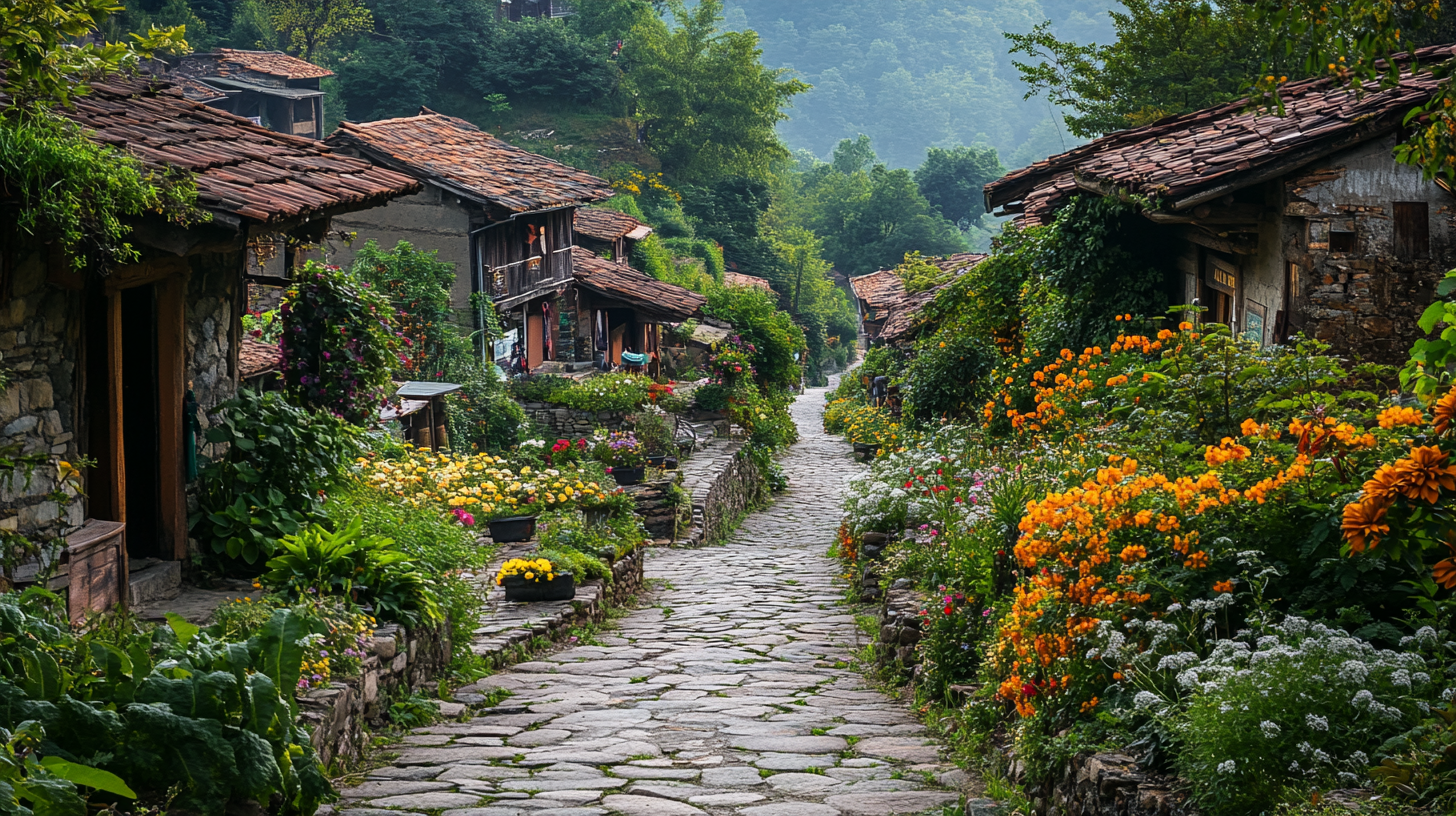
Prioritize Quality Over Quantity
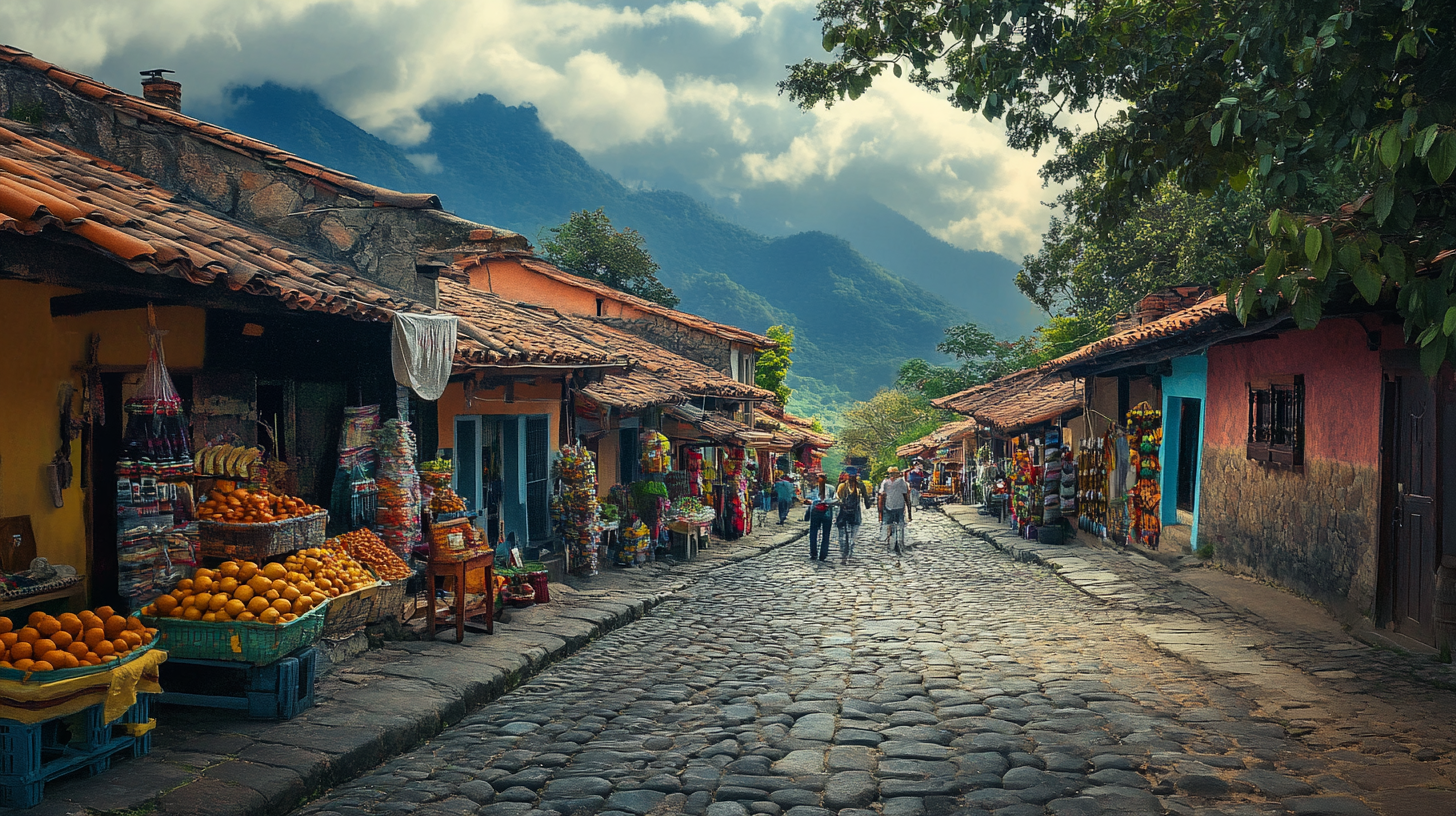
Embracing the slow travel mindset begins with a deliberate decision to prioritize quality over quantity. Instead of attempting to visit as many destinations as possible within a limited timeframe, travelers are encouraged to select locations that resonate personally, whether due to historical interest, cultural allure, or natural beauty. Allowing sufficient time to explore these places thoroughly enables a deeper connection and understanding. This might mean spending weeks, or even months, in a single place to truly absorb its essence, learn the local language, or become part of the community. By focusing on immersive experiences that foster genuine connections , travelers can create meaningful memories that far surpass the fleeting impressions of whirlwind tours.
Opt for Eco-friendly Transportation
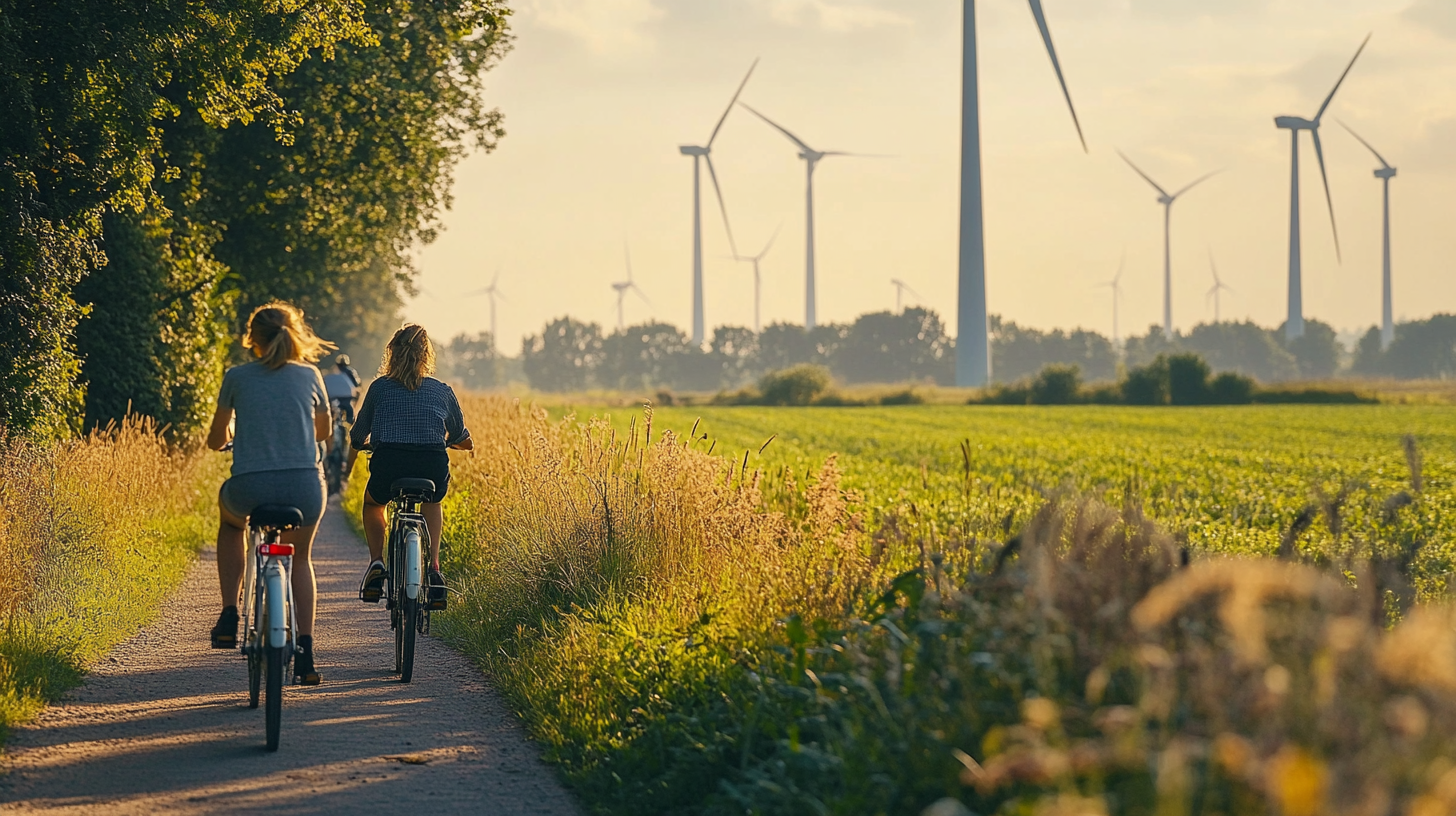
Opting for eco-friendly transportation is a crucial aspect of the slow travel ethos. Choosing trains, buses, cycling, or even walking over flights not only significantly reduces environmental impact but also transforms transit into a part of the adventure. Overland travel offers intimate glimpses into the changing landscapes, rural areas, and small communities that are often missed when flying. This mode of travel fosters a deeper appreciation for the geographical and cultural transitions between destinations. The leisurely pace allows travelers to observe and interact with environments and people along the way, enriching the overall experience. Embracing sustainable and immersive modes of transportation aligns with the principles of slow travel, emphasizing both environmental responsibility and personal enrichment.
Engage with Local Communities

Engaging with local communities is at the heart of slow travel. Participating in local events, festivals, and traditions allows travelers to experience the cultural fabric of a place firsthand. These interactions provide invaluable insights into the daily lives, values, and histories of the residents. Volunteer opportunities or community projects offer avenues to give back and connect on a deeper level, fostering mutual respect and understanding. Whether it’s helping with a local conservation effort, teaching, or farming, these activities enable travelers to leave a positive impact. Learning the local language, even just a few phrases, can open doors to meaningful interactions, breaking down barriers and often leading to friendships. By embracing cultural exchange and community involvement , travelers enrich their journey and contribute positively to the places they visit.
Embrace Spontaneity and Mindfulness
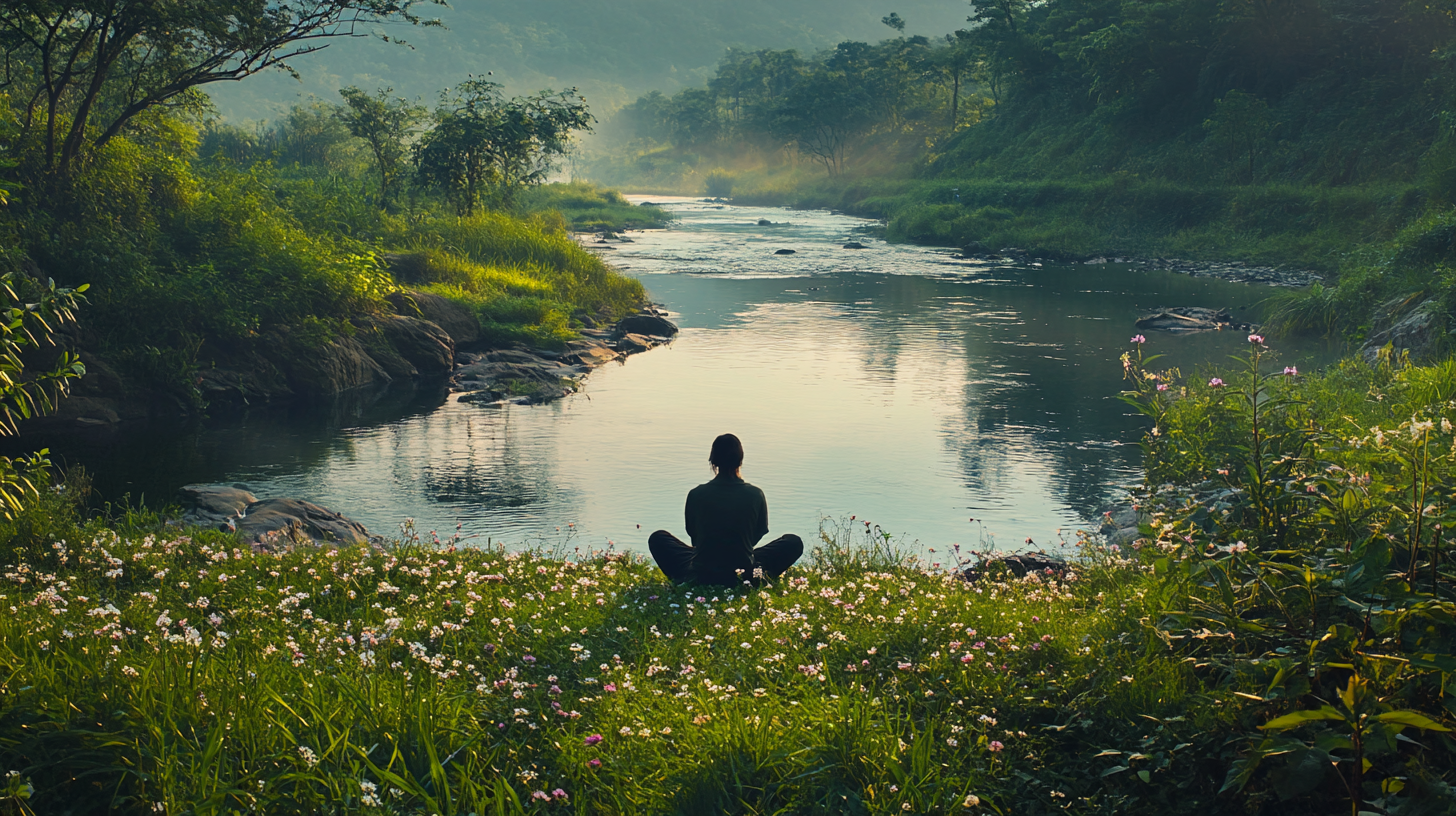
Embracing spontaneity and mindfulness is essential to fully experiencing slow travel. Allowing room for the unexpected means being open to new opportunities that arise, whether it’s an invitation to a local celebration, discovering a hidden trail, or simply enjoying an unplanned conversation with a resident. Stepping away from rigid schedules creates space for spontaneous adventures and discoveries that often become the highlights of a trip. Practicing mindfulness by being fully present in each moment enhances sensory experiences—savoring the rich flavors of regional cuisine, listening to the melodies of local music, or observing the subtle details of daily life. This intentional presence enriches the journey, turning ordinary experiences into extraordinary memories. By cultivating mindfulness and openness to new experiences , travelers can deepen their connection to the places they explore.
The Rise of Slow Travel Post-Pandemic

The global pandemic has significantly altered perspectives on travel, prompting a reevaluation of how and why people journey to new places. With international travel rebounding—the UN World Tourism Organization predicts it will surpass pre-pandemic levels by the end of 2024—travelers are increasingly seeking intentional and sustainable experiences over traditional tourism. The widespread adoption of remote work has provided greater flexibility, allowing individuals to extend their stays abroad and integrate work with travel. Additionally, the collective desire for wellness, relaxation, and meaningful experiences has grown, with many people recognizing the importance of mental health and personal fulfillment. A heightened awareness of environmental impact has also emerged, encouraging travelers to consider the sustainability of their choices. These factors are driving the shift towards slow travel, as people look to embrace more conscious and fulfilling ways to explore the world .
Americans, in particular, are opting for longer vacations over quick getaways, embracing cultural and wellness experiences abroad. The ability to work remotely has made it feasible for many to spend extended periods in foreign countries, blending professional responsibilities with personal exploration. Digital tools and changing work models support this trend, enabling more meaningful and immersive travel experiences without sacrificing career commitments. Recognizing this shift, the travel industry is adapting accordingly. Initiatives like Booking.com’s sustainability program promote eco-friendly accommodations, while airlines and tour operators are offering options that align with slow travel principles. Destinations are crafting flexible, immersive itineraries that cater to travelers seeking depth over breadth. This evolution reflects a broader movement towards sustainable tourism and enriching travel experiences that prioritize quality, sustainability, and personal fulfillment.
Challenges and Considerations
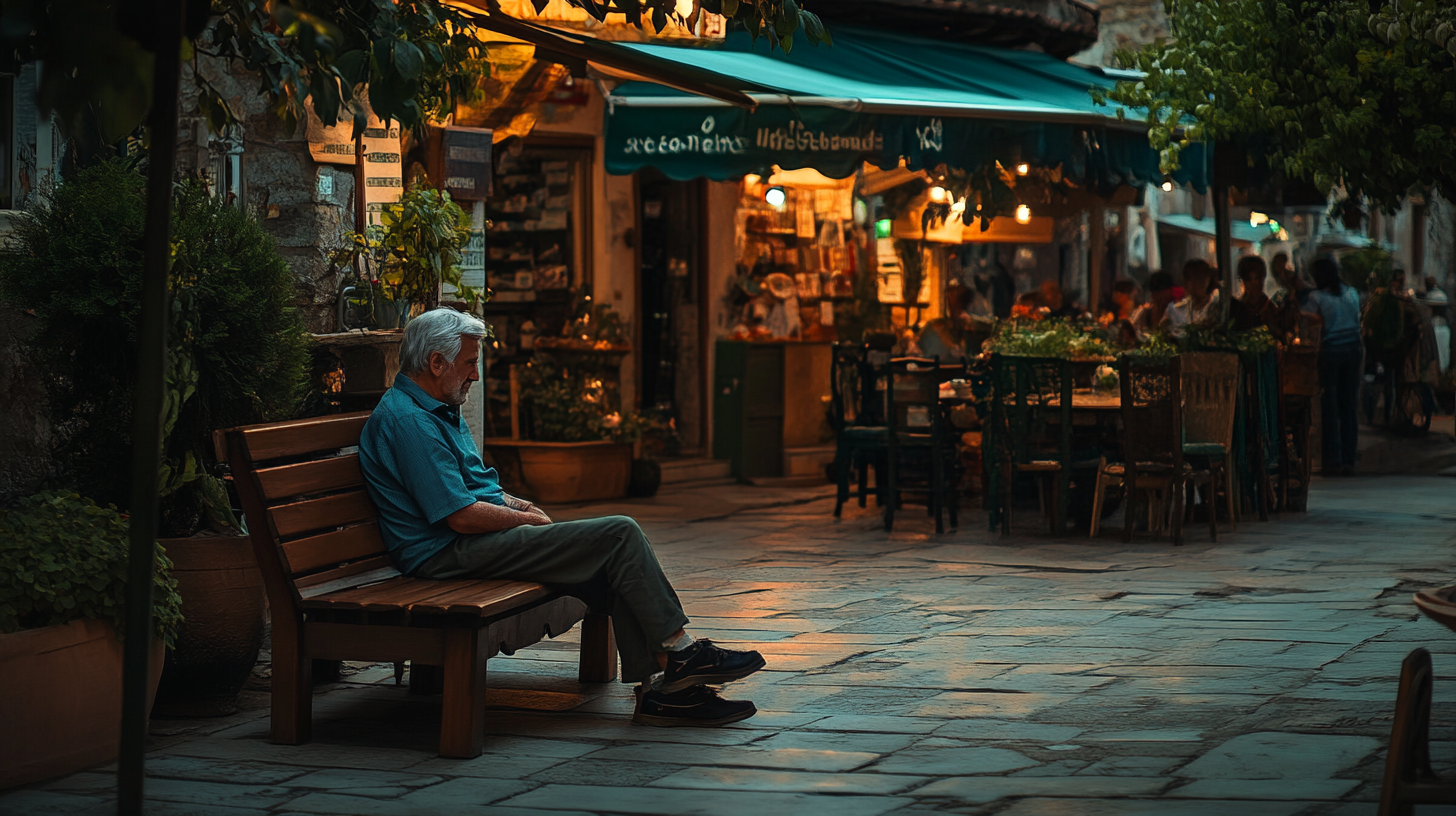
While slow travel offers numerous benefits, it also presents certain challenges that travelers must consider. Longer stays can entail higher costs, requiring careful budgeting to manage expenses over extended periods. Accommodations must be secured for longer durations, which may involve negotiating with property owners or finding suitable long-term rentals. Travelers may need to navigate visa regulations, as some countries have limitations on the length of tourist stays or specific requirements for extended visits. Additionally, language barriers and cultural adjustments can pose difficulties, particularly in regions less accustomed to long-term foreign visitors. Despite these hurdles, many find that the deeper experiences, personal growth, and lasting connections gained through slow travel far outweigh the challenges. By planning ahead and approaching these obstacles with flexibility and openness, travelers can successfully embrace The rewarding journey of immersive travel , turning potential difficulties into opportunities for learning and adaptation.
Final Thoughts

Slow travel is more than a fleeting trend; it’s a conscious choice to experience the world in a richer, more sustainable way. By prioritizing immersion, sustainability, and personal well-being, travelers can transform their journeys into meaningful explorations that leave lasting impressions on both themselves and the communities they visit. This approach nurtures a more profound appreciation for cultural diversity, environmental stewardship, and the shared human experience.
As the world continues to reopen, embracing slow travel offers a path to not only discover new places but to connect deeply with them, fostering a greater appreciation for the diversity and beauty of our global community. Follow us back to milesBUZZ for more insights and inspiration on how to travel mindfully and intentionally.
In a world that often rushes by, perhaps the greatest luxury is to slow down and truly savor the journey. Embracing the slow travel mindset invites us to enrich our lives through deeper connections, meaningful experiences, and a renewed sense of wonder at the world around us.

